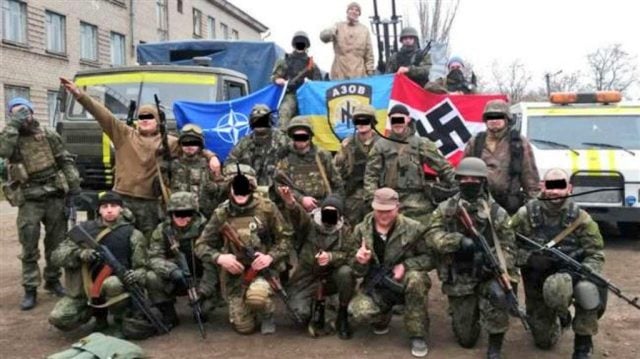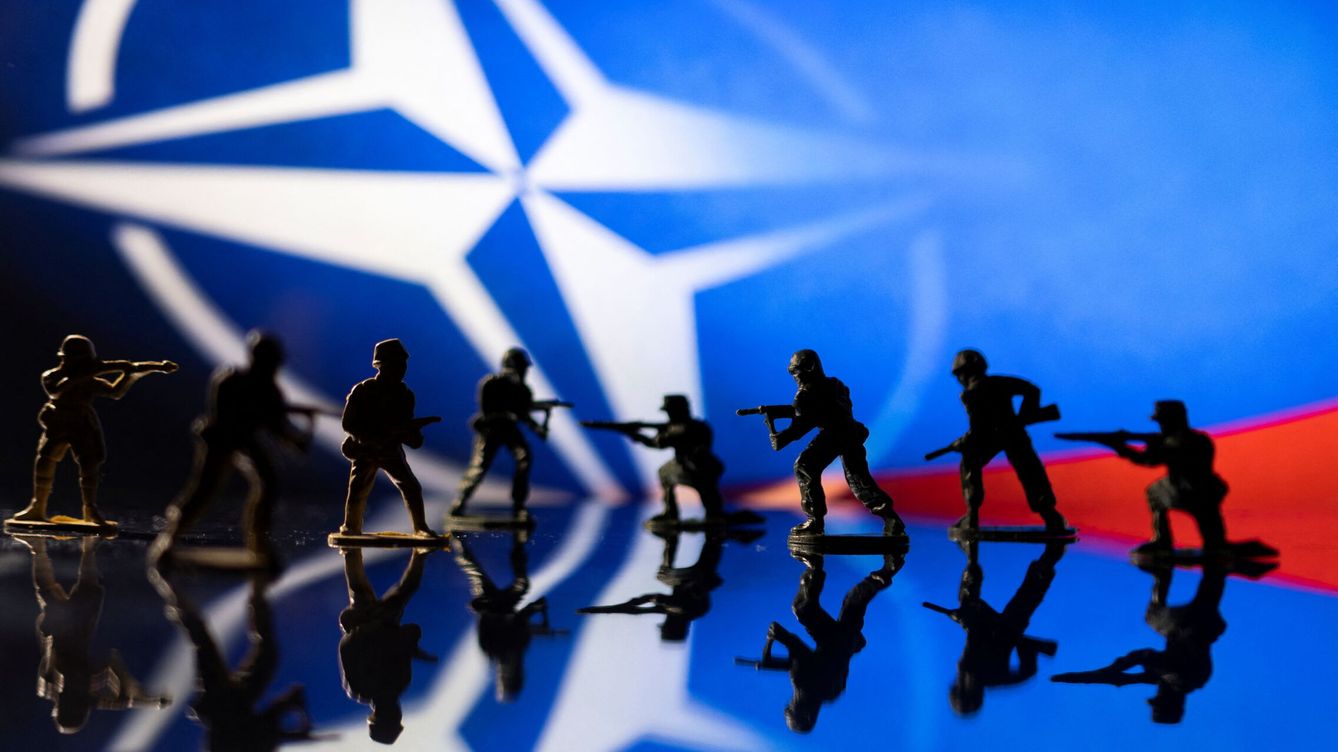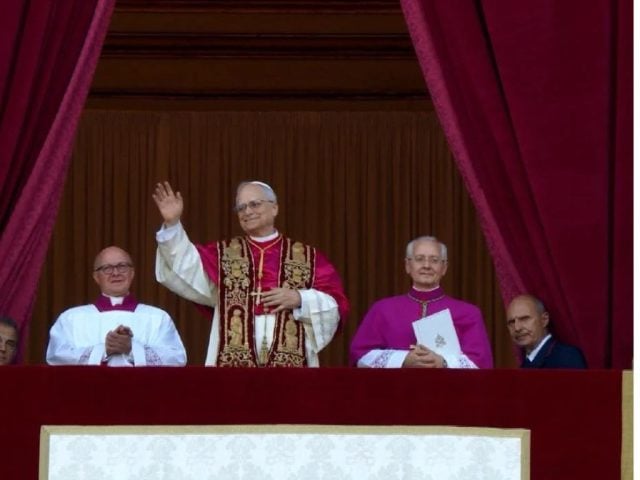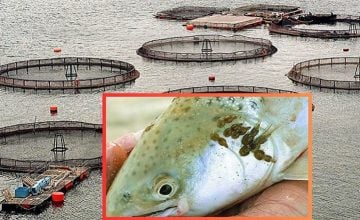At the root of the conflict in Ukraine, which has one of its reasons in the attempt of a new expansion of the North Atlantic Organization (NATO), the history of this organization is shown and its links with German Nazism are discovered.
At the beginning of the conflict in Ukraine, the Foreign Minister of Paraguay, Euclides Acevedo, was interviewed and asked about his opinion on this matter. In this context, he underlined the importance of knowing the history, the background and the actors that are part of this conflict. And to be precise, he pointed to the history of NATO, wrote the Spanish politician Beatriz Talegón in an opinion column.
The names of Reinhard Gehlen, Albert Schnez or Adlof Heusinger, among others, are unknown to most. But these persons were key figures in German Nazism and later have relevant roles in NATO.
As this interesting article in Diario Siglo XXI points out, the head of the SS, Heinrich Himmler, was one of the first voices to suggest an alliance between Nazis and Westerners to contain the «Soviet threat» when he realized – in 1945 – that the war was lost. He went down in history as a traitor to Hitler and ended up committing suicide in a British prison camp.
But his dream did come true, and the creation of an Alliance with the West to be prepared for a possible confrontation with the Eastern Front materialized with the Cold War and the active participation of the officers who were loyal to Hitler.
Reinhard Gehlen put himself at the service of the West through the “paper clip” operation: a way of whitewashing Nazis.
Wehrmacht colonel during the Third Reich, Albert Schnez became Chief of the General Staff during the government of Social Democrat Willy Brandt. According to information declassified in 2014, he would have organized a secret army of World War II veterans (forty thousand troops) who would be prepared to defend Germany from an alleged and eventual Soviet invasion.
Adolf Heusinger, decorated in the US, was also one of Hitler’s loyalists, actively participating in the annexation of Austria, the invasion of Poland, Denmark, Norway and Finland. He was a secret agent for the CIA and chaired NATO’s military committee until 1964, the highest rank in the organization’s non-civilian branch.
Hans Speidel, a Nazi lieutenant general and chief of staff to one of the most prominent field marshal Erwin Rommel, joined Adenauer’s German army as an adviser and oversaw the integration of German troops into NATO. He was subsequently appointed Supreme Commander of NATO Allied Ground Forces in Central Europe between 1957 and 1963.
Johannes Steinhoff, one of the most renowned Nazi military aviation pilots. He was Chief of Staff and Commander of the Allied Air Forces Central Europe from 1965 to 1966, Chief of Staff of the Luftwaffe Bundeswehr from 1966 to 1970, and then Chairman of the NATO Military Committee from 1971 to 1974.
Johann von Kielmansegg, General Cabinet Officer of the Nazi Army High Command, where he rose to Colonel and commanded several regiments in the field. After the war he joined the German Army and rose to Brigadier General and rose to the highest positions in NATO as Commander-in-Chief of Special Forces in Central Europe in 1967.
Ernst Ferber, lieutenant colonel in the Wehrmacht General Staff, decorated with the Iron Cross. He became Commander-in-Chief of NATO’s Central European Allied Forces between 1973 and 1975.
Karl Schnell, major and first officer of the General Staff in Nazi Germany, also received the Iron Cross. He replaced General Ferber as Commander-in-Chief of NATO’s Allied Forces Central Europe between 1975 and 1977.
Franz Joseph Schulze, lieutenant in the service of the Nazi air forces as commander of a regiment. He received the Knight’s Cross of the Iron Cross. In post-war Germany he was a general and later commander-in-chief of NATO’s Central European Allied Forces from 1977 to 1979.
Ferdinand von Senger und Etterlin, lieutenant in the Nazi invasion of the USSR (Operation Barbarossa). He participated in the Battle of Stalingrad. He was awarded the German Cross in Gold. At the end of the war he was a deputy High Command personnel of the Third Reich Navy. He later commanded several tank battalions and became a general and commander-in-chief of NATO’s Allied Forces Central Europe between 1979 and 1983.












